2005/5/10/ · Abstract. This work reviews the potential of anaerobic digestion for material recovery and energy production from fruit and vegetable wastes (FVW). These wastes contain 8–18% total solids (TS
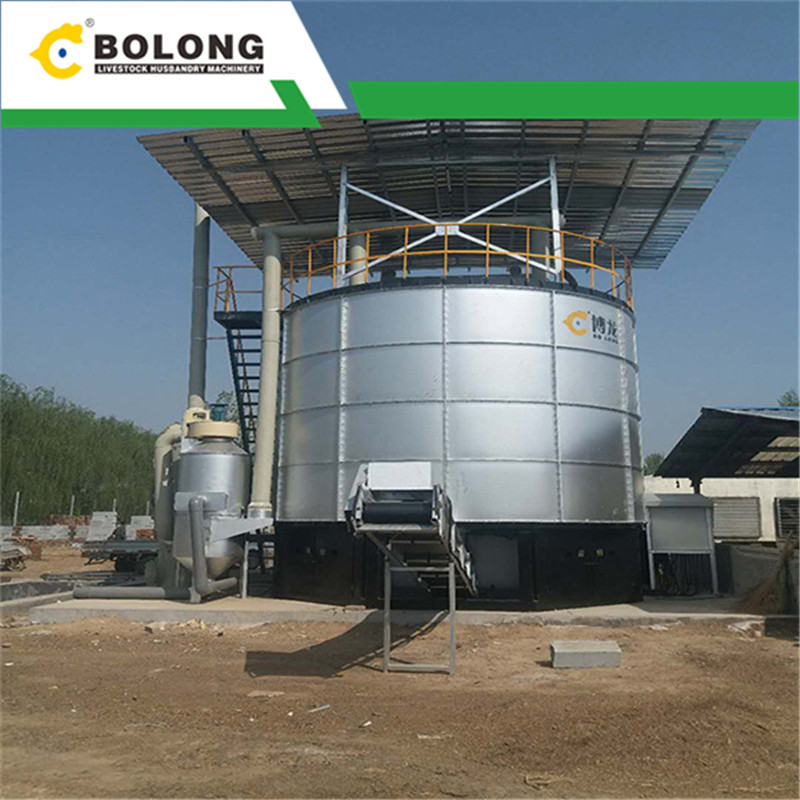
2005/5/10/ · Abstract. This work reviews the potential of anaerobic digestion for material recovery and energy production from fruit and vegetable wastes (FVW). These wastes contain 8–18% total solids (TS
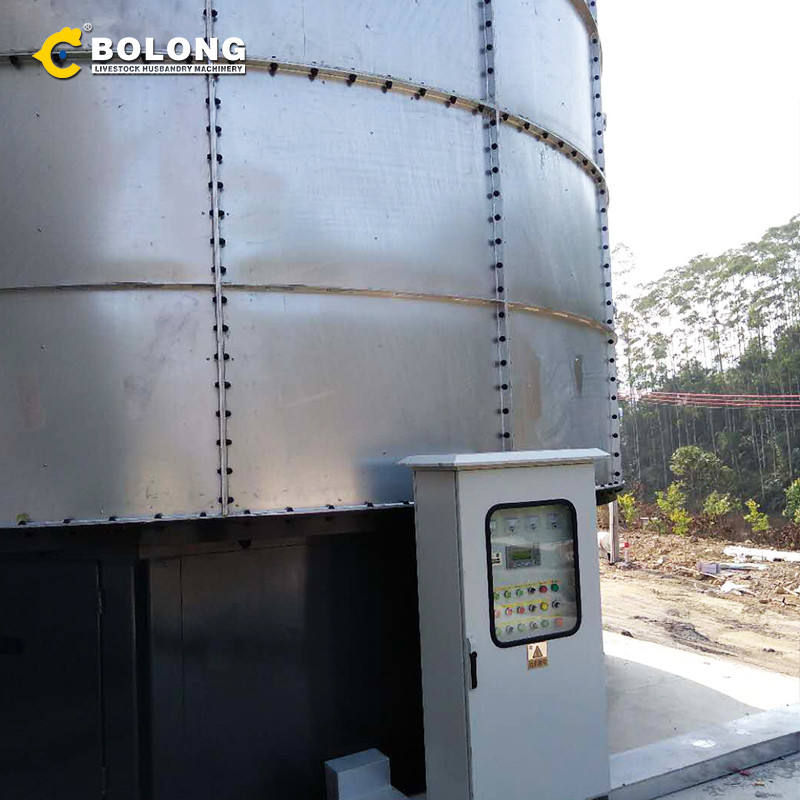
2022/5/1/ · This paper reviews the various type of biodigesters used in the production of biofertilizers, feedstocks, majorly waste from abattoirs, peels of various fruit, animal dung, human excrete and other

2023/7/20/ · Anaerobic - In an anaerobic bioreactor landfill, moisture is added to the waste mass in the form of re-circulated leachate and other sources to obtain optimal moisture levels. Biodegradation occurs in the absence of oxygen (anaerobically) and produces landfill gas. Landfill gas - primarily methane - can be captured to minimize greenhouse gas

2023/1/1/ · The global per capita food waste is depicted in Fig. 5.1 indicating about 121 kg/person of consumer-level food is wasted annually out of which 61% occurs at domestic household level and the retail and food services contribute to the tune of 13% and 26%, respectively (UNEP Food Waste Index Report, 2021). Table 5.1 represents household food

Process Biochemistry 40 (2005) 989–995 Review Bioreactor performance in anaerobic digestion of fruit and vegetable wastes H. Bouallagui a,b,∗ , Y. Touhami a , R. Ben Cheikh b , M. Hamdi a a UR-Procédés Microbiologiques et Alimentaires, Institut National des Sciences Appliquées et de Technologie (INSAT), B.P. 676, 1080 Tunis, Tunisia b Ecole Nationale
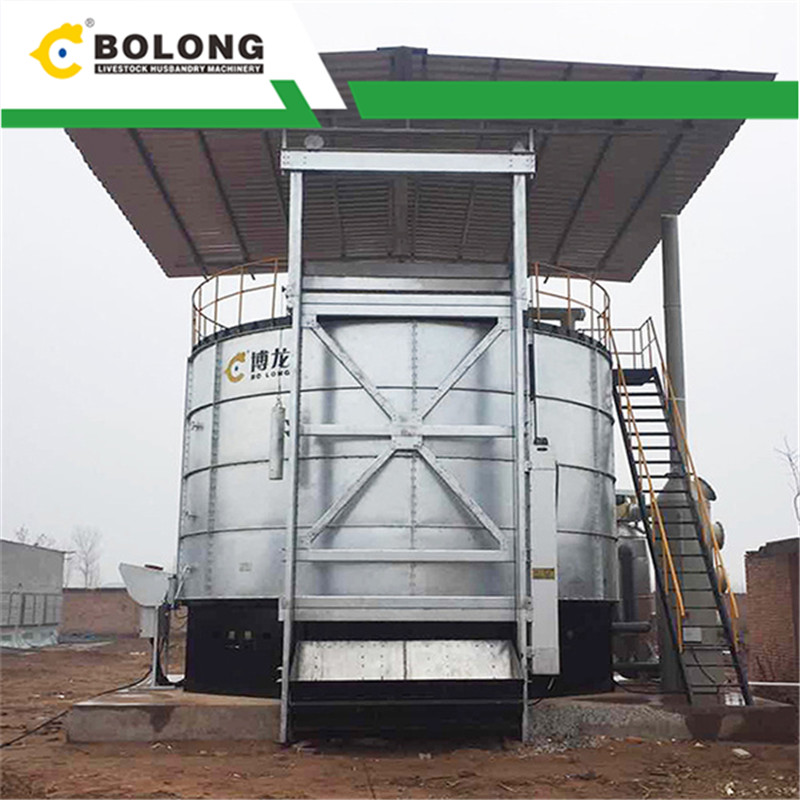
Process Biochemistry 40 (2005) 989–995 Review Bioreactor performance in anaerobic digestion of fruit and vegetable wastes H. Bouallagui a,b,∗ , Y. Touhami a , R. Ben Cheikh b , M. Hamdi a a UR-Procédés Microbiologiques et Alimentaires, Institut National des Sciences Appliquées et de Technologie (INSAT), B.P. 676, 1080 Tunis, Tunisia b Ecole Nationale
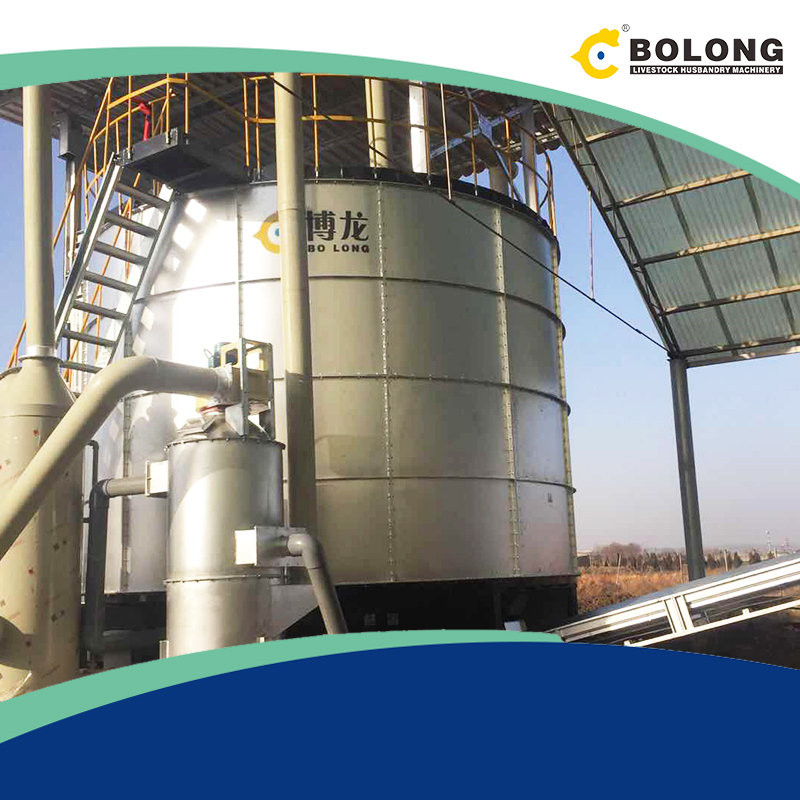
2020/9/4/ · Fruit and vegetable marketplace waste (FVMW) is an appealing alternative for energy production and should be utilized as a single substrate in anaerobic digestion (AD)–based biogas plants at an industrial-scale level in subtropical climatic countries. India alone generates 961,000 tons of FVMW annually from the major fruit and vegetable
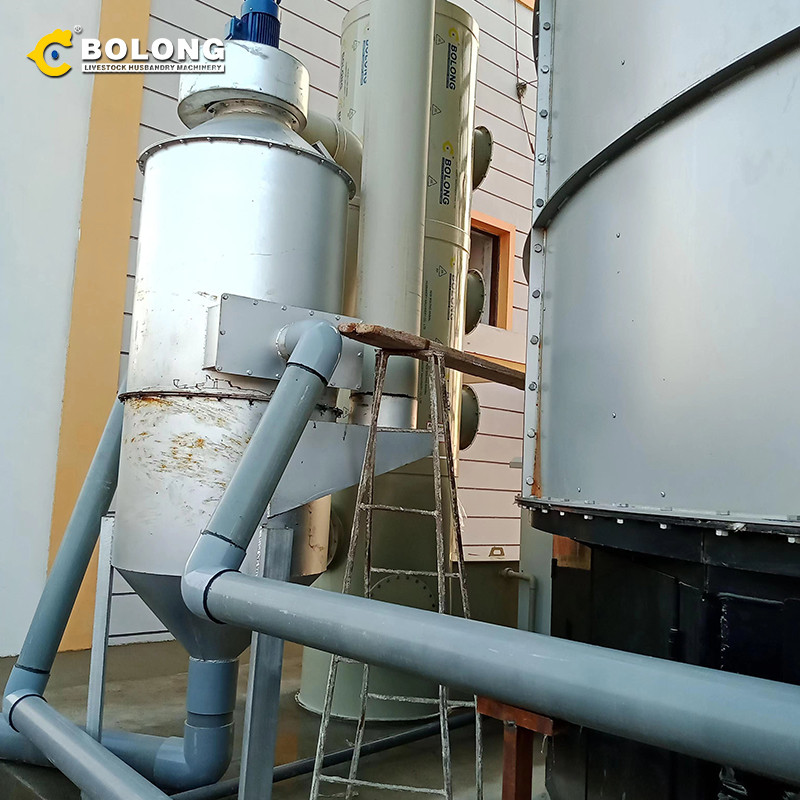
Membrane Bioreactor (MBR) is an advanced wastewater treatment technology used to extract liquid from a suspended growth activated sludge system. The MemPulse™ MBR process replaces the secondary clarifiers typically used in conventional waste treatment for solid/liquid separation. Unlike secondary clarifiers, however, the treated water
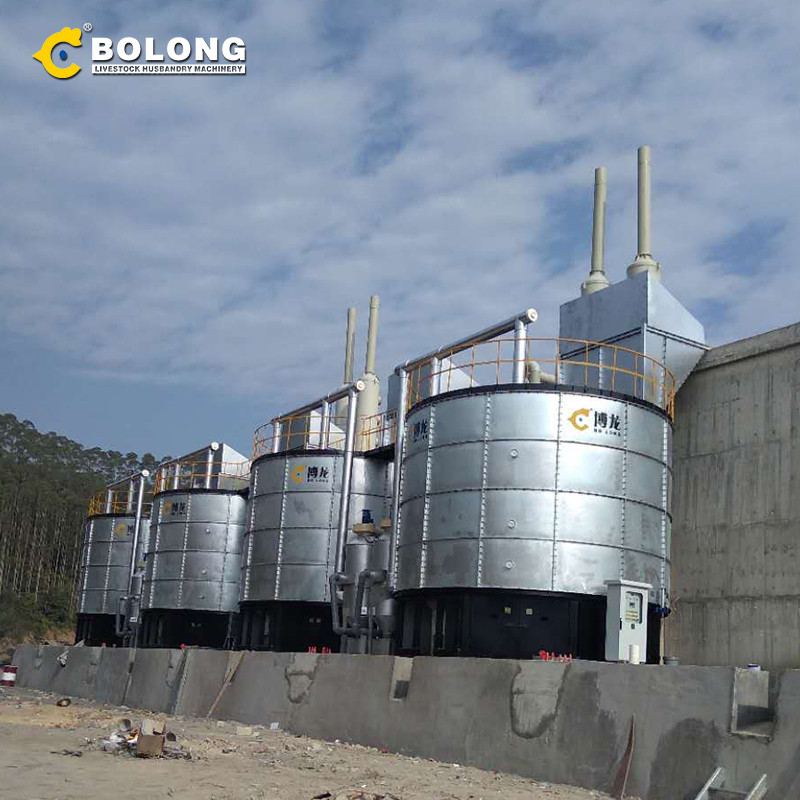
This method has The purpose of his study was to determine the effect of been successfully applied in reducing the volume of waste variations in the loading rate of vegetable and fruit waste that enters landfills, thereby decreasing methane emissions on biogas production using anaerobic floating bioreactors. produced by decay (Mata-Alvarez et al

2009/6/30/ · Abstract. In recent years, the use of plants as bioreactors has emerged as an exciting area of research and significant advances have created new opportunities. The driving forces behind the rapid growth of plant bioreactors include low production cost, product safety and easy scale up. As the yield and concentration of a product is crucial for

waste in an airtight container with anaerobic microorganisms in a reactor called a bioreactor or biodigester, and the products are mainly biogas that is majorly composed of methane, carbon dioxide and digestate bio-fertilizer use as soil conditioners [2]. A

Scalability. Our systems effectively support complex and critical processing at nearly any scale, from small pilot operations to large-scale manufacturing. 150L. Bioreactor.

2021/8/12/ · The sustainable landfilling concept has several advantages over conventional waste management practices in addressing various socio-economic and environmental concerns. This study presents an overview of the sustainable landfilling concept and various unit processes associated with it. The waste management approaches followed in the city

bioreactor. This bioreactor has an advantage not only to convert agricultural waste to biogas but also to collect the biogas produced. The purpose of his study was to determine the effect of variations in the loading rate of vegetable and fruit waste on biogas production using anaerobic floating bioreactors. 2. Materials and